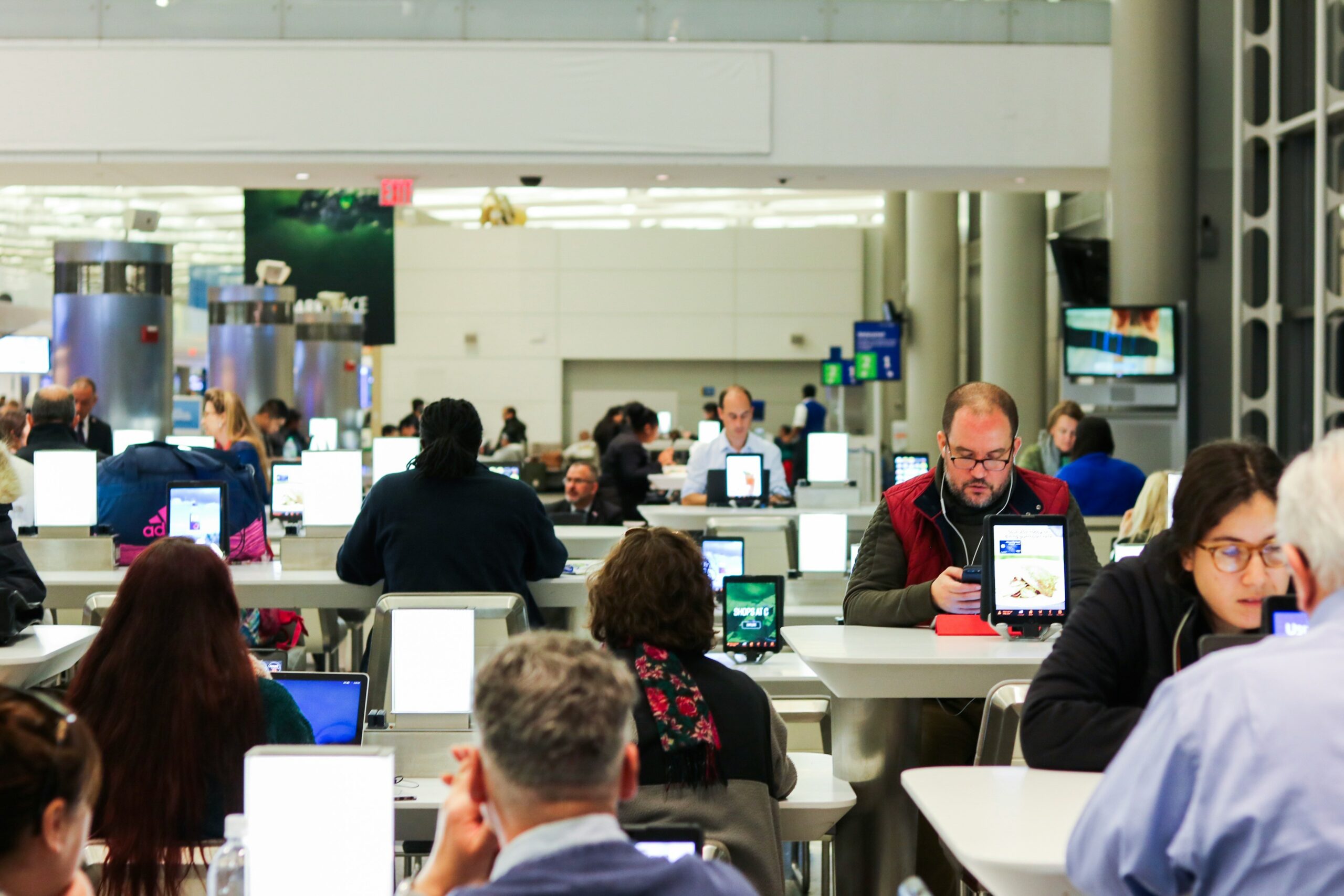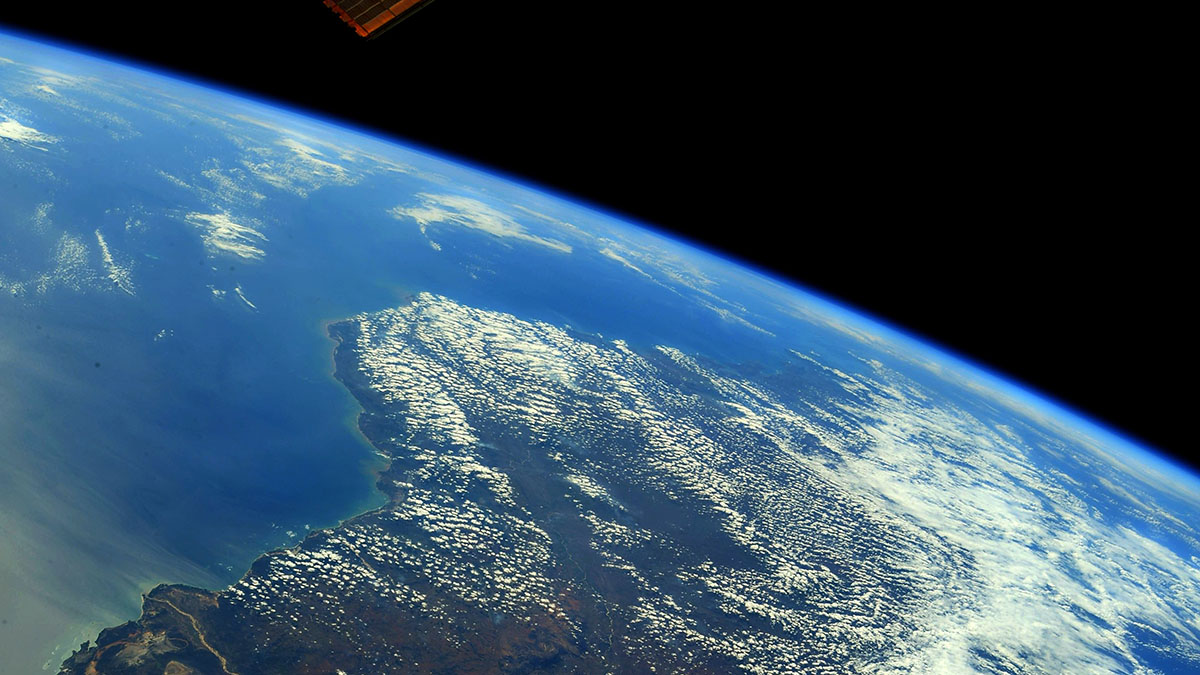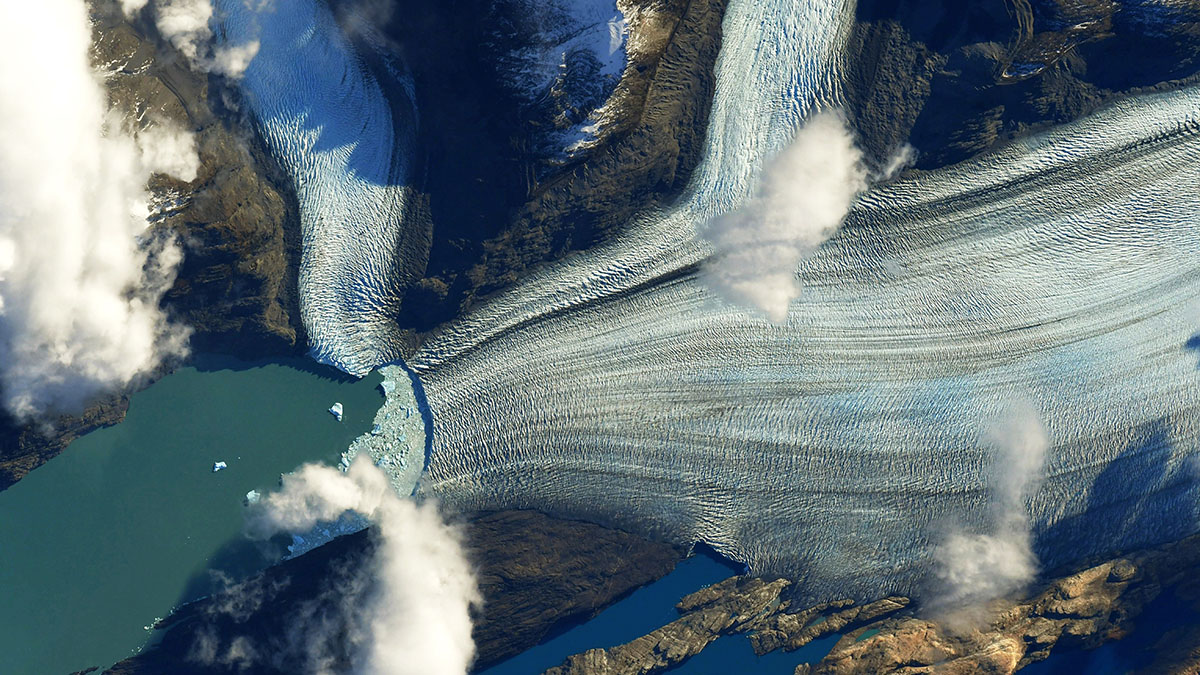The Evidence: What works and why
Three newsrooms from the Nordics and reportage from Global South make the case for reimagining climate journalism.
By Kristian Elster and Mahima Jain
Done the right way, journalism about climate change can both engage the audience and attract readers. On this webpage, we present examples of newsrooms that have got it right and had great successes…

NRK
Norway’s public broadcaster, NRK, have for the last four years made climate change one of their main areas they cover. The head for NRK’s Climate section, Hans Cosson-Eide, explains the thinking behind the coverage:
“Since 2020, our journalism has moved away from being report-driven and based on individual initiatives, to fewer, more visual stories. Prioritising topics such as the consequences for Norway and Europe, the transition into a net-zero world, climate policy and COPs and the Norwegian fossil fuel dilemma, has enabled us to raise the quality of our reporting and improved readership numbers and engagement on our stories.”
The result is that last year, articles about climate change were read more than the average for all articles. Also, three out of NRKs all-time most read articles are about climate change. They are about visible change in Norway, how each of Norway’s municipalities will be impacted in 2100 and about nature loss in the last five years.

Aftonbladet
The Swedish newspaper Aftonbladet last year won one of Sweden’s most prestigious media awards for their investigative journalism for articles about the clothing giant H&M and how they throw away clothes. Aftonbladet’s head of investigative journalism, Jonathan Jeppson, says that their articles about climate change have good numbers:
“We put a lot of resources on two types of stories: One is what we call satellite journalism – where we find a spot on the map that can say something of what happens on a bigger scale. The second is exposees that follows a certain formula – we find a big Swedish company that has a presence in another country that negatively affects the climate. Then we go there to tell the story and show their responsibility. We put almost all our resources in these two types of stories.”
Politiken
The Danish newspaper Politiken has the same experience. Editor-in-chief Amalie Kestler, says the number of readers on their climate change articles has almost doubled in the last five years. At Politiken, articles about climate change now have on average 10% more readers than all articles in general. Other measurements, like reader engagement and time on page, are also up.
Both Aftonbladet and Politiken are commercial newspapers, this is not just a trend for public service broadcasters like NRK.
How does constructive journalism fit in?
One of the ways that NRK has increased its readership of climate change articles is by emphasising constructive journalism.
Constructive Institute has developed an AI-driven tool, a large language model, that can detect constructive journalism. We ran all of NRKs climate articles from 2023 through the model. The results show that the constructive articles have 50% more readers: 149,000 versus 93,000. The time spent on the page is also higher for climate change articles than for other articles.

The Nordic experience shows that – against common assumptions – there is also a business case for covering climate change. It just has to be done in an engaging way.

Worldwide increase
Climate change coverage has taken diverse forms, and there is no one-size-fits all approach. Scholars have noted that climate change coverage should reflect the localised climate impacts. While we have used examples from Nordic media outlets to demonstrate the success of applying a constructive lens to climate coverage, it is important to understand that media across the world have responded to the challenge.
For instance, the Media and Climate Observatory at the University of Colorado (MeCCO), which monitors media from 59 countries, published a paper in February 2024 where they analyzed the media coverage in 26 Global South countries. They found that these media covered “the societal dimensions of climate change, including increased reporting on economics, climate politics and human impacts”. The authors also noted that the newsrooms took a comprehensive approach to coverage and in countries vulnerable to climate change, they had more diversity of topics.
MeCCO’s surveys show that the number of articles about climate change and global warming are trending upwards over time. While 2021 saw the highest amount of coverage of climate issues, 2023 ranks third in history.
However, it is often difficult to get readership numbers for climate change articles from media organisations in other countries.The lack of numbers of readership per article internationally is a field that merits further investigation.
Now the question for editors, journalists and news organisations is how does one find success in their climate coverage? We suggest constructive journalism as one tool for better engagement in this complex but crucial story.
Menu



